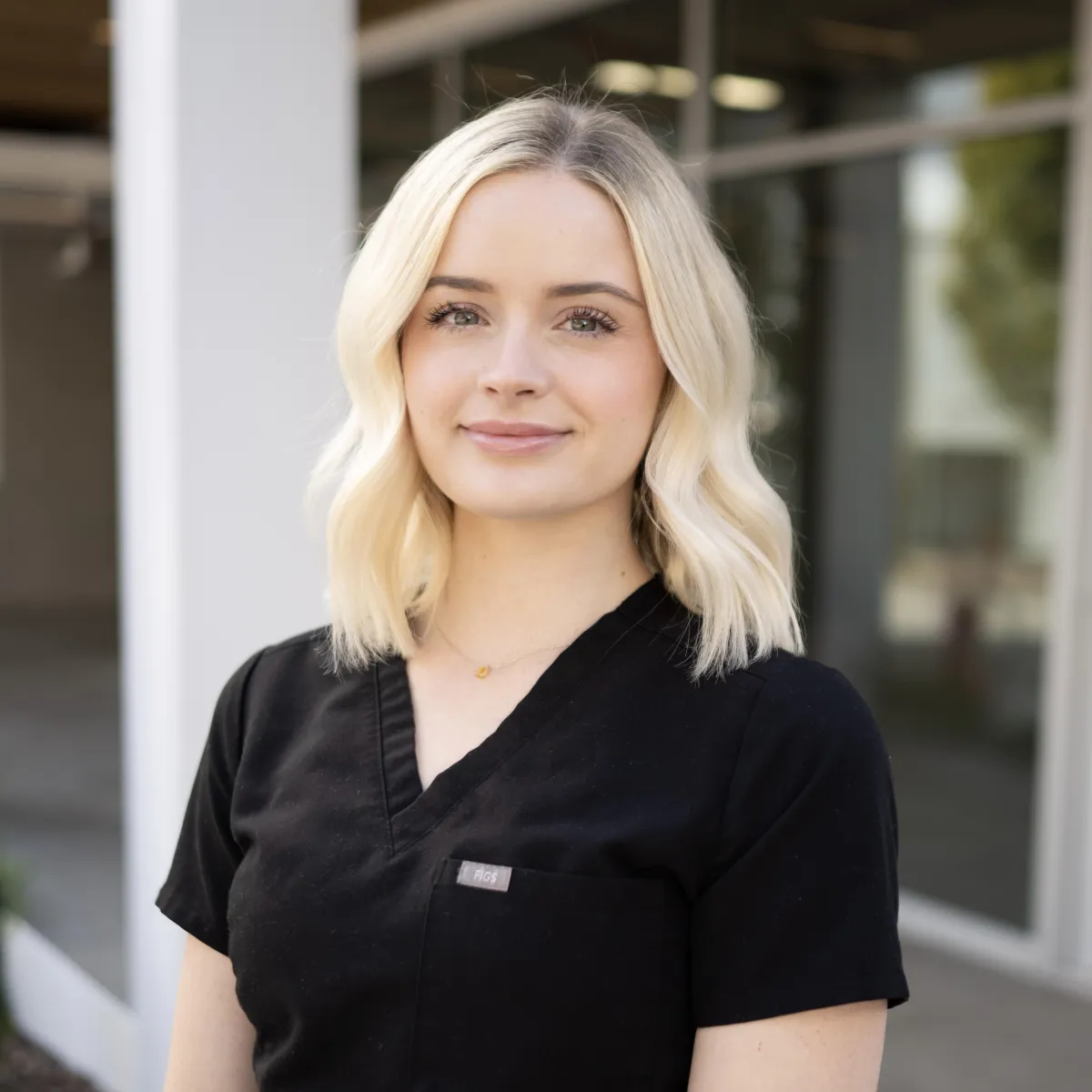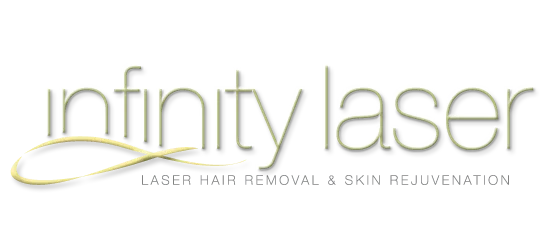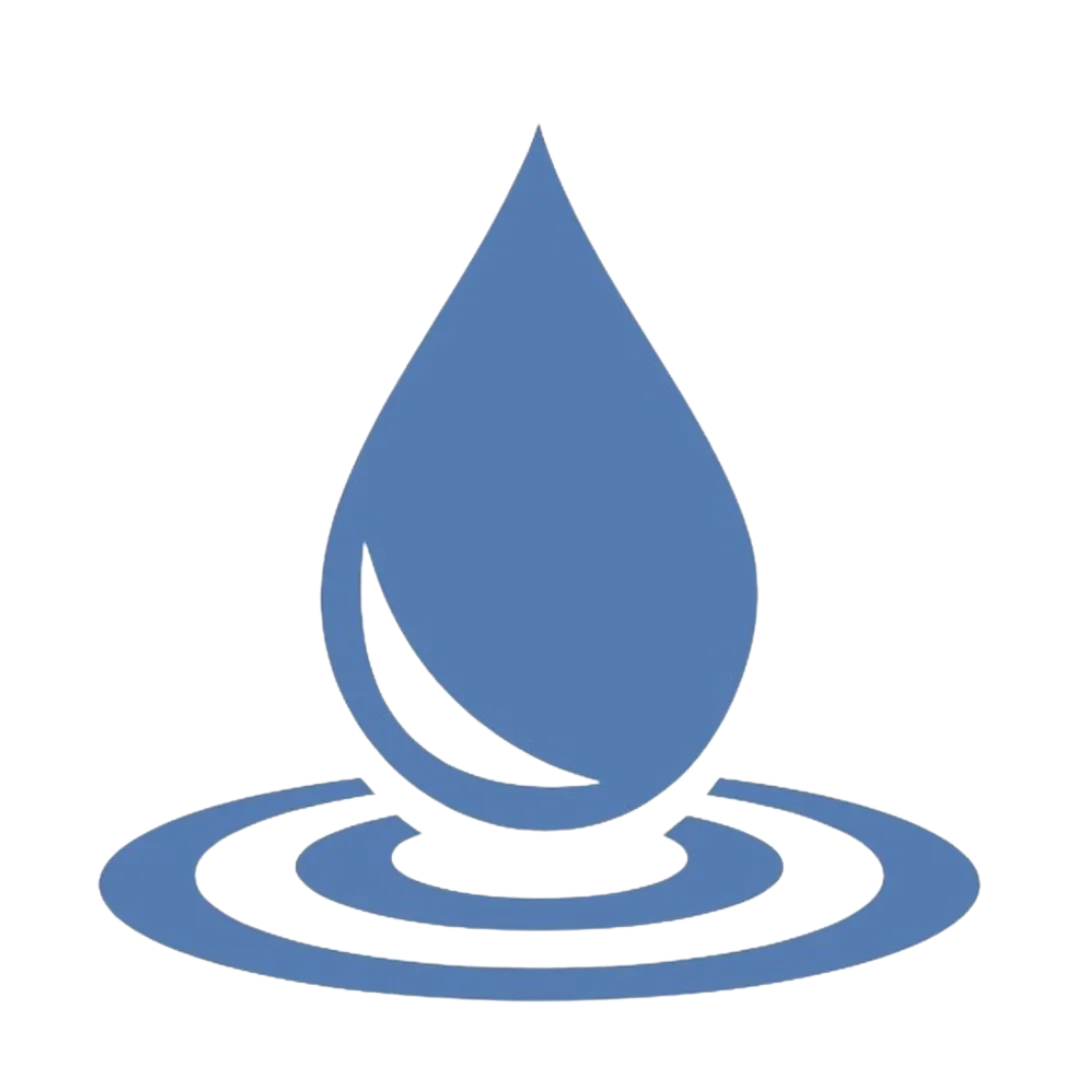
Pregnancy Safe Ingredients + Treatments

Pregnancy Safe Ingredients + Treatments
Pregnancy comes with many changes in lifestyle and sadly that may include some of your favorite skincare products, esthetic treatments and cosmetic procedures. To be fair, many of these warnings are due to lack of controlled trials and safety data on the effects on pregnant women specifically, as there are ethical concerns about testing on them. In general, products and treatments that aren’t necessarily deemed safe or unsafe are best avoided so as not to risk bringing unnecessary harm to the pregnant woman or baby. Pregnancy should always be brought to the providers attention so that any necessary changes can be made. The most crucial time to be aware and make changes is in the first trimester when many of the significant developmental stages occur, however these safety guidelines still apply throughout the rest of pregnancy and most often into breastfeeding. Another thing to be considered later on in pregnancy is safe placement and positioning during treatments. Starting at around 20 weeks,
expecting women should not lay on their backs for an extended period of time as it can potentially impact blood flow to the baby. This is something that needs to be considered for facials and other therapeutic/esthetic treatments where alternate positions are not possible. Thankfully, these are only short term adjustments and can be navigated easily.
There are many surprising skincare ingredients that cause potential risks in pregnancy. Unfortunately, the beloved retinol products must be put at the back of the shelf for those nine months. Retinoids, when taken orally, are known to cause birth defects. Although our bodies don’t absorb the same amount when applied topically, it’s safest to completely avoid the chance of potential issues. Higher concentrations of ingredients often used to treat acne like salicylic acid and benzoyl peroxide should also be avoided. Switching to a mineral sunscreen is recommended during pregnancy due to the fact that chemical sunscreen agents such as oxybenzone and avobenzone are hormone disruptors and can actually interfere with the baby’s nervous system development. Mineral or physical sunscreens with the active ingredients of zinc oxide and titanium dioxide are great options to switch to in general but especially during pregnancy. Another surprising one is that certain essential oils can create risk due to their organic nature and being able to cross the placental barrier. Just because something is labeled as “natural” does not also mean it’s pregnancy safe. Some essential oils are said to cause uterine contractions or even affect reproductive hormones. Although more research is needed on the topic, it’s best to steer clear of them unless through research you know they are harmless or are properly diluted within the products and listed as pregnancy safe. Most women will have their go-to products with their favorite ingredients for targeting their unique skin needs and it can be hard to give those up. For most common skin issues there are pregnancy safe alternative ingredients that can be relied upon until it’s safe to return to those favorites.
Unfortunately many women suffer with unwanted skin changes during pregnancy and feel at a loss on how to safely treat it. Not all women get that pregnancy glow the whole time or for even part of the time. A common occurrence is the presence of acne in abnormal areas to the individual or in usual areas but in excess. A skin breakout that occurs during pregnancy and is caused by hormonal changes that increase oil production is known as gestational acne. For many this may be unavoidable due to intense hormonal fluctuations but can be managed. AHA’s are generally considered safe. These include glycolic acid, lactic acid, mandelic acid, malic acid, and tartaric acid. These are commonly found ingredients in skincare and can help with acne, oil production, texture, fine lines and brightening. BHA’s are more often avoided but some can be applied when in lower concentrations, such as salicylic acid of 2% and under. Azelaic acid is a great alternative to salicylic when planning to avoid BHA’s altogether. It helps to kill acne causing bacteria while reducing redness and inflammation. Beneficial
in office treatments could include a facial without the addition of any unsafe products. Often estheticians will switch out more aggressive products for a pregnancy safe enzymatic alternative. Some low strength peels such as enzymatic, glycolic and lactic acid are actually considered safe due to their low penetration levels. Depending on how far along your pregnancy is and the duration of the treatment, putting the bed at an incline may also be necessary. Something to always keep in mind with any treatment whether it’s deemed safe or not, is that everyone is different and that a pregnant woman’s skin can be much more sensitive in those 9 months. Work with your esthetician to see what is right for you.
Another pesky skin issue that plagues pregnant women is melasma. Also known as chloasma, melasma is defined as a common skin condition that can cause brown or gray-brown patches or freckle-like spots on the face during pregnancy. It’s often seen on the forehead, cheeks, nose, chin, and upper lip. Although it can fade after pregnancy, it doesn't always, and many women don’t want to wait until after birth to treat it. Unfortunately, a lot of skin lightening ingredients and treatments are not pregnancy safe. For example, hydroquinone is a skin lightening agent frequently found in products for hyperpigmentation but is unsafe for pregnant women due to the amount of the product our bodies absorb. Other ingredients that are safe and can be used instead of hydroquinone include kojic acid, vitamin c, and niacinamide. Mandelic acid is another natural melanin inhibitor and as it helps with acne as well, this can be beneficial for women struggling with multiple skin issues. The use of lasers for something like hyperpigmentation is controversial with some information pointing towards it being safe in the second and third trimesters while others argue that it would be placing unnecessary potential stress on the mother and baby. Going forward with something that has unknown risks should always be avoided unless absolutely necessary, and in the case of a harmless skin condition like melasma, it’s not worth it. Most professionals will recommend against the use of any lasers throughout the duration of pregnancy. A non-invasive option for melasma would be to use an LED mask or wand with green light therapy as it helps to fade dark spots and reduce the production of melanin.
Not only will women potentially have to make changes regarding the products in their routine, they may have to temporarily replace or step away from their favorite treatments. Most of these treatments have little to no data available regarding the safety when introduced in pregnancy, and most current guidelines suggest refraining from them entirely. Due to this, even if you planned on taking that risk, most providers refuse to offer certain services to pregnant women to protect both client, baby and provider from any negative outcomes. For starters, if a series of laser hair removal treatments was the plan for getting rid of unwanted hair, putting that on hold for nine months and continuing with waxing or shaving will be the best bet. There is no concrete evidence
surrounding the effects of lasers on a pregnant woman and therefore lack that safety approval. Microneedling is another hard treatment to give up, however this treatment is considered unsafe for several reasons. Microneedling creates micro-wounds in the skin and the process of healing and collagen production actually takes away from the vitamins and nutrients that could be used by the baby. It also poses a potential risk for infection which is just best avoided at all costs to protect fetal health. Neurotoxins such as Botox and Dysport also consider pregnancy to be a contraindication to treatment. This is again, largely due to the lack of research on the effects on the developing fetus. There is a risk of the toxin spreading beyond the site of injection and as they directly affect nerve signals, the baby’s nervous system could potentially be negatively affected. Even postpartum, it’s recommended to avoid Botox and Dysport until after breastfeeding has come to an end as well. Fillers should also be abstained from. This is due to fluctuating hormones that can lead to adverse injection site reactions from increased blood flow and even water retention and swelling moving the filler around and affecting the results. Fluctuating hormones can cause abnormal sensitivity in pregnant womens’ skin. Some exfoliating treatments like microdermabrasion can provide unwanted irritation, uneven results or even scarring. A less aggressive exfoliation treatment like dermaplaning is great to do alone or as an add-on to a pregnancy safe facial. Trips to your provider may be less frequent or look a little different throughout the duration of your pregnancy, but just know all of these options are available again to you afterwards.
Due to that lack of controlled data surrounding many ingredients, treatments and procedures it’s best to wait until that postpartum period to continue with them as a part of your routine. Speaking with your doctor primarily, then your dermatologist, esthetician or injector can help to gain insight into what is safe and effective during pregnancy. Patients should always be made aware of the lack of research and potential risks or be cautioned to just wait until they are no longer pregnant. Of course, there are bound to be pregnant women out there who have gambled and taken the risk of using certain ingredients or getting treatments done and had no negative outcomes. The same way some women swear that deli meat, sushi or a glass of wine never affected their pregnancy. Truthfully, these things are cautioned against for a reason. Consider whether the benefits outweigh the risks, take the advice from a professional, and never gamble the health of you and your baby. Although it may feel like it, you don’t have to completely give everything up. When in doubt, always make sure to do your research before continuing with what’s currently in your routine or adding anything new. Take on the changes that pregnancy throws at you and enjoy this beautiful process in all the ways that you can!
If you have any questions or want to chat about skincare feel free to reach out!
Celsius Med Spa
229 Queen Anne Ave N St 101, Seattle, WA 98109
HAVE YOU HEARD OUR PODCAST?
ONE GOOD IDEA PODCAST






